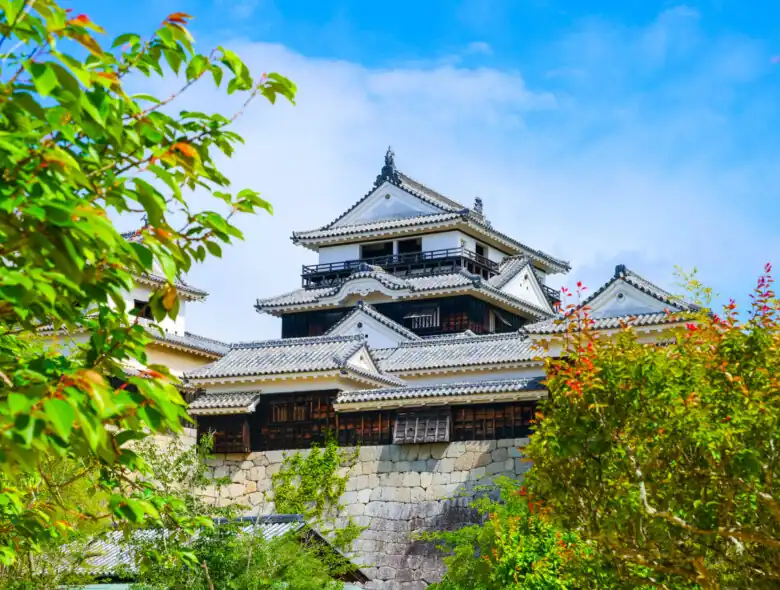The earliest known castle built in Japan is Inuyama Castle, which dates back to 1440, located in present-day Inuyama, Aichi Prefecture. The need for castles in Japan increased during the 15th century when the country’s central government began to weaken and Japan entered the “Warring States”, also known as the Sengoku Period, which lasted from 1467 to 1615. Up to 5,000 castles were built from this era onwards, though only over 100 of them remain today, with only about a dozen being the originals – originals meaning castles with their main keeps dating before 1868. A lot of castles were torn down after the end of the feudal age in 1868 or fell victim to the destruction brought on by World War II.
Nowadays, some of the most famous castles in Japan that attract visitors both international and domestic in droves include Himeji Castle and Osaka Castle. However, in this article, we’ll be looking at 5 underrated castles that are just as worth a visit due to their unique histories and locations. Speaking of locations, if any of the cities and prefectures in this article seem an enticing place to live, why not have a chat with a Village House representative? Village House is a real estate organization in Japan with over 1,000 properties scattered across the island’s 47 prefectures to suit a range of budgets; so, if you’re house hunting or looking to relocate to Japan, check them out.
Azuchi Castle
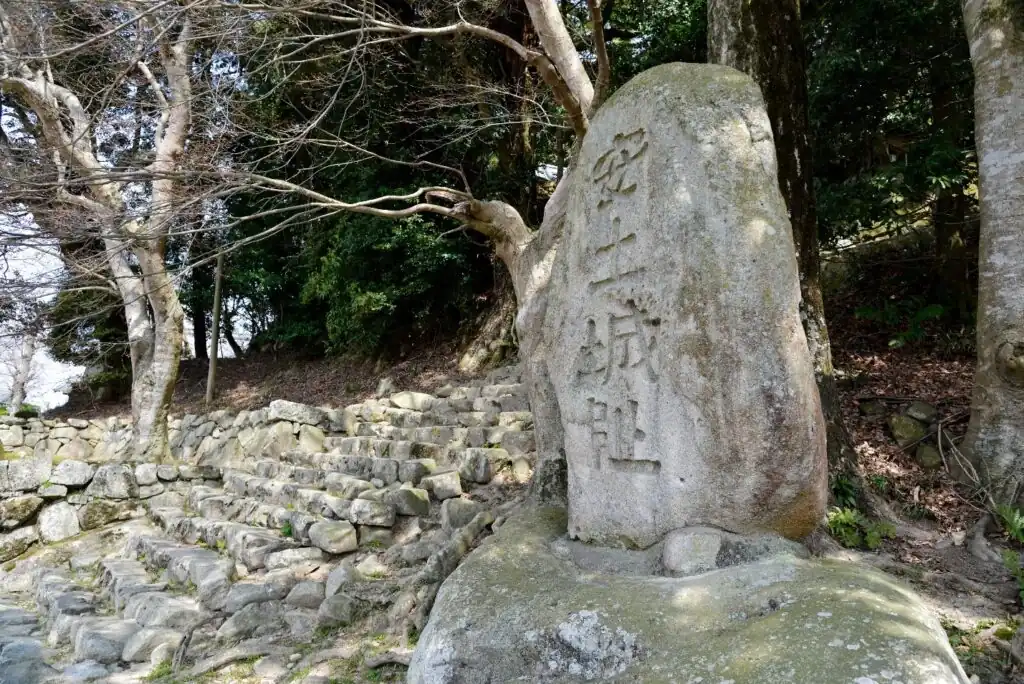
Azuchi Castle perches on Mt. Azuchi on the Eastern shore of Lake Biwa in Omi Province and was one of the primary castles belonging to Nobunaga Oda. Built from 1576 to 1579, its location was strategically chosen as it was near enough to Japan’s then capital, Kyoto, to surveil and protect it, but far away enough to avoid the fires and conflicts that seemed to plague the city periodically.
Azuchi Castle is unique in that its appearance and aesthetics marked a shift in castle design and purpose where castles were moving from being solely defensive structures to symbols of prestige, power, and influence.
Though now little more than ruins, one of Azuchi Castle’s most prominent features remains: its stone walls. The sheer size of these walls conveys the castle’s massive scale and innovative construction techniques. It was designated as a National Historic Site in 1926.
Visitors looking to pay a visit should pair their stroll around the castle ruins with a visit to the Azuchi Castle Archeological Museum where archeological findings and discoveries of the remnants of daily life have been put on display.
Getting to the castle requires a 30-minute walk from Azuchi Station on the JR Biwako Line or 45 minutes by train from Kyoto. At the time of writing, the entrance fee is 700 yen for adults and 200 yen for kids. The castle is open from 9:00 am to 4:00 pm.
Gifu Castle
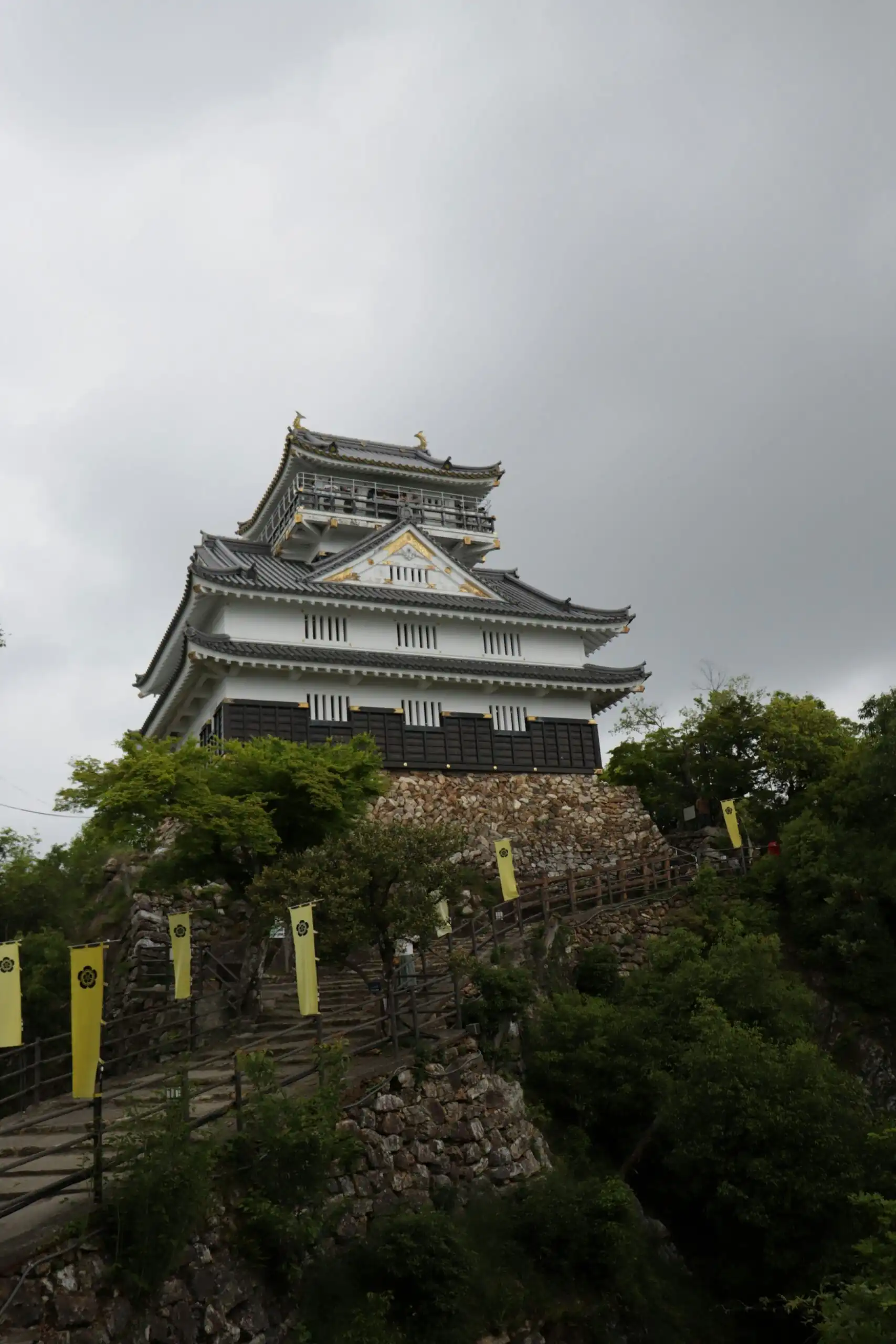
Also known as Inabayama Castle, Gifu Castle is located on Mt. Kinkazan in the city of Gifu, Gifu Prefecture, and is considered one of the main symbols of the city along with Mt. Kinka and Nagara River.
Gifu Castle was built in 1201 by the Nikaido clan somewhere between 1201 and 1204 during the Kennin Period and used to be the home base of one of Japan’s greatest military commanders, Nobunaga Oda. The castle was said to be unassailable.
The castle was reconstructed in 1956 by the Gifu Castle Reconstruction and designated as a National Historic Site in 2011. To get to the castle, there is a bus from JR Gifu Station to Gifu Park. From the park, visitors can take the ropeway up to the summit of Mt. Kinkazan and walk 8 minutes to the castle from the ropeway station on the summit. Alternatively, there are hiking trails of varying difficulties up to Gifu Castle that take approximately an hour.
The castle’s opening hours at the time of writing are from 9:30 am to 4:30 pm and there is an entrance fee of 200 yen for adults and 100 yen for kids.
Matsuyama Castle
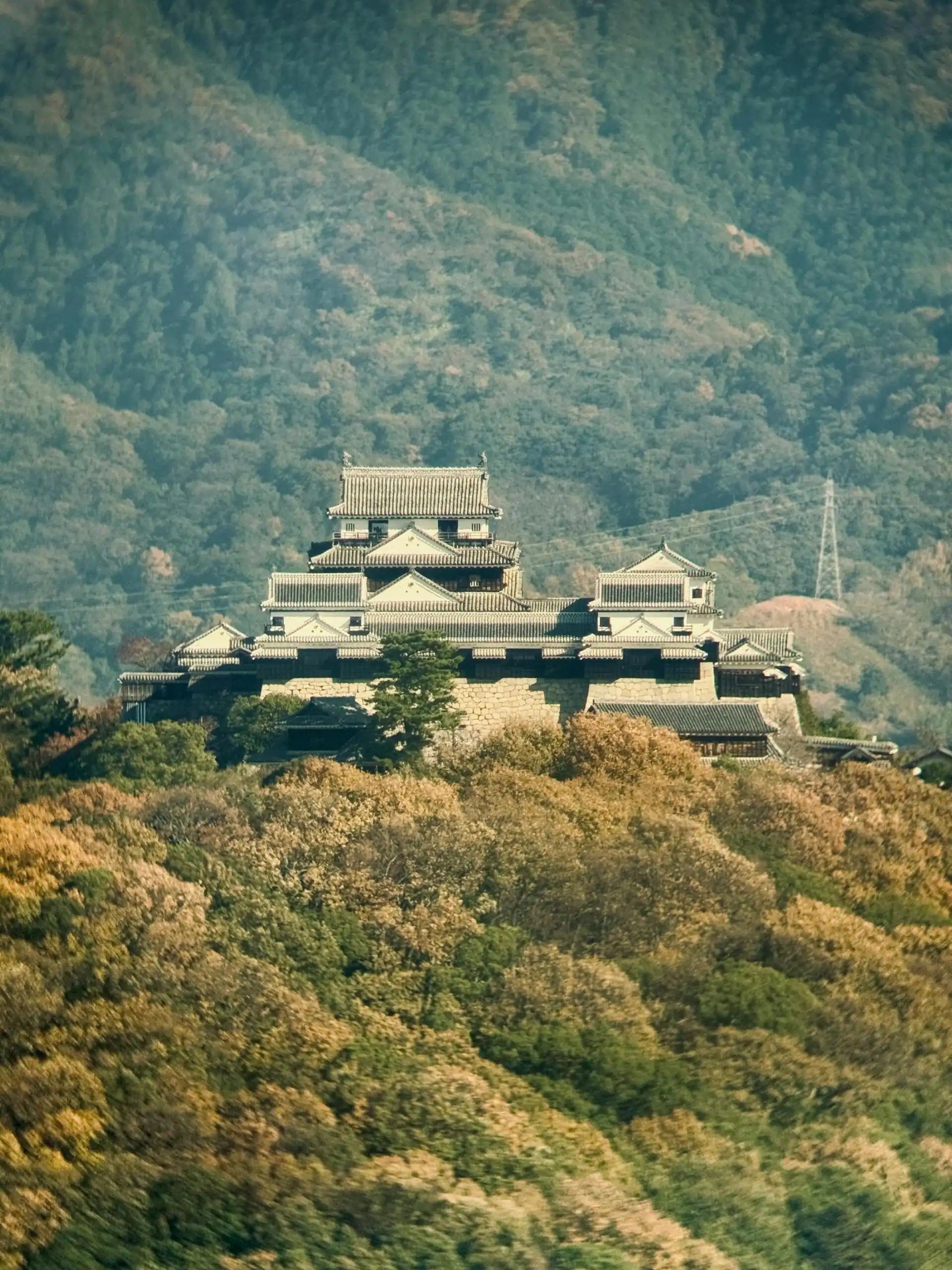
Built by Kato Yoshiaki, a daimyo from the Sengoku Period, in 1603, Matsuyama Castle is a flatland mountain-style Japanese castle sitting on Mt. Katsuyama. The castle is located in Matsuyama, Ehime Prefecture, and holds the honor of being one of the 12 original castles in Japan that still have its original tenshu or main keep that has largely survived undamaged since the Edo Period.
Originally constructed as a stronghold for warlords, the construction of Matsuyama castle stretched across 25 years and was purposefully built on top of Mt. Katsuyama to allow its residents a bird’s-eye view of the surrounding area.
The castle burned down in 1784 when it was hit by lightning, was reconstructed in 1852, and was designated as a National Historic Site in 1952. It was listed as one of Japan’s Top 100 Castles by the Japan Castle Foundation in 2006.
Visitors can get to Matsuyama Castle from JR Shikoku Matsuyama Station via a 20-minute walk, or take Tram No. 5 to Okaido tram stop and walk for 5 minutes. Visitors can also opt for a 15-minute walk from Ninomaru Historical Gardens or Shiroyama Park. At the time of writing, the admission fee into the castle is 520 yen for adults and 160 yen for kids. Opening hours are from 9:00 am to 5:00 pm.
Sumpu Castle
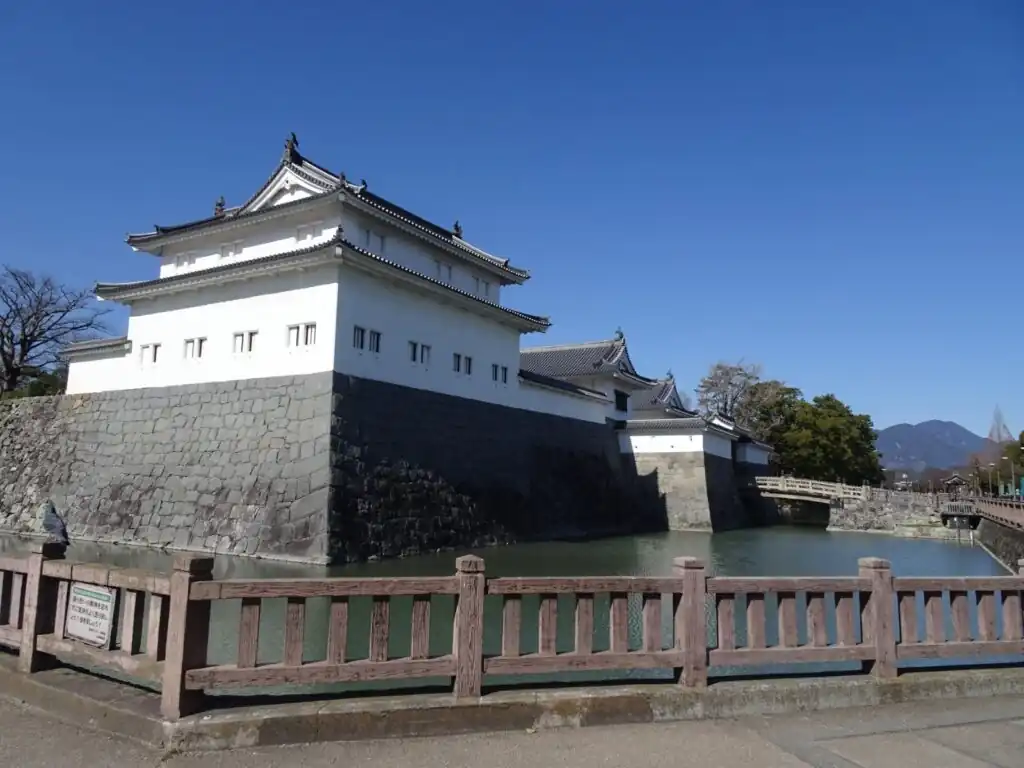
Built by Tokugawa Ieyasu in 1586, Sumpu Castle also goes by the name of Fuchu Castle and Shizuoka Castle. However, its nickname, “Castle of the Floating Isle”, is more favored. Sumpu Castle is located in Shizuoka City in Shizuoka Prefecture. The city, previously known as Sumpu, developed and grew around the castle after its construction.
The castle was destroyed and burned down multiple times, most notably in 1607 and 1635 before it was officially torn down at the end of the feudal period. It continued to fall victim to further destruction with its walls collapsing during a strong earthquake that occurred in 1854. The castle’s gates and turrets were reconstructed in subsequent decades with the East Gate and adjoining guard tower rebuilt in accordance with the original construction plans.
Visitors looking to explore this castle can take a 15-minute walk from JR Shizuoka Station or a 12-minute walk from Shin-Shizuoka Station on the Shizutetsu Line. There is a 200-yen admission fee and at the time of writing, opening hours are from 9:00 am to 4:30 pm with the last entry being at 4:00 pm.
Ueda Castle
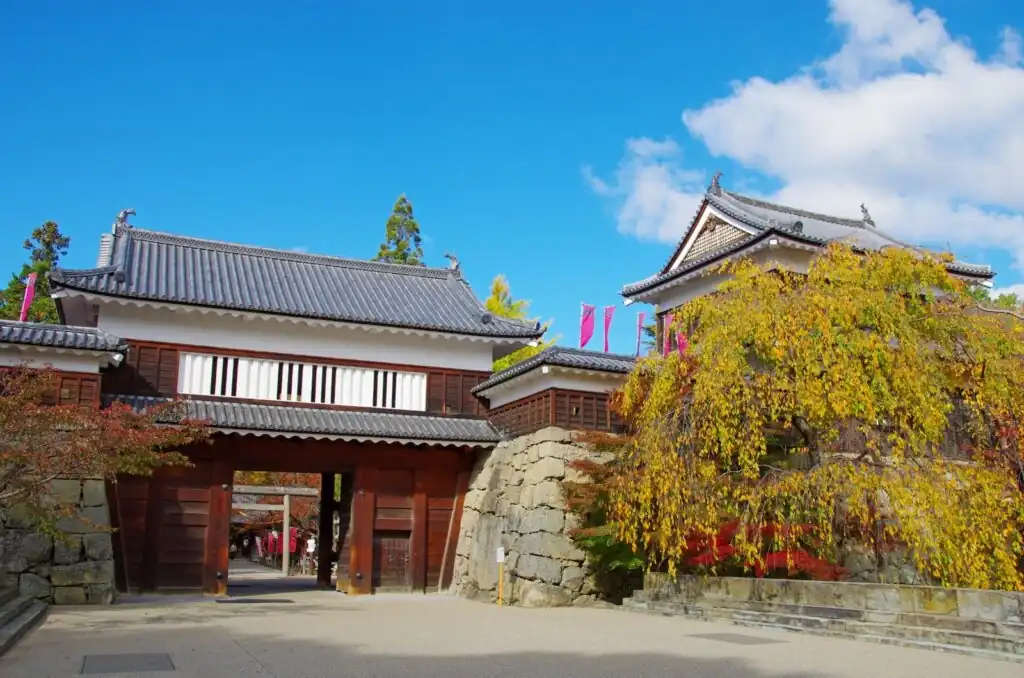
Ueda Castle is famous for being the castle that defeated the Tokugawa army…twice! Located in the castle town of Ueda in eastern Nagano, the castle was built in the 16th century by the leaders of the Saneda samurai clan. After having survived numerous battles, though unfortunately not unscathed, efforts were made to rebuild the castle in the 17th century, but repairs and restoration efforts were never completed.
Today, all that remains of Ueda Castle are its stone walls, three turrets, and its East Gate, which was restored, all of which are situated atop a hill in a park with two shines that overlook a section of the Chikuma River. The castle was designated as a National Historic Site in 1934.
There are numerous options for getting to this underrated castle:
- A 12-minute walk from Ueda Station
- 12 minutes by train from Nagano on the Hokuriku Shinkansen
- 1 hour and 30 minutes by train from Tokyo Station on the Hokuriku Shinkansen
There is an entrance fee of 500 yen for entrance to both the castle keep and the museum, or 300 yen for the museum and 300 yen for the castle keep. The castle is open from 8:30 am to 5:00 pm.
Related articles:
- Exploring Kagawa – Japan’s Quiet Paradise of Art and Culture
- Discovering Saga Prefecture: Unearthing Hidden Gems in Japan’s Countryside
- Getting Around Japan – Practical Tips and Tricks
- Shimane Prefecture: A Journey Through History, Spirituality, and Scenic Beauty
- 5 Winter Destinations That Will Take Your Breath Away (Tohoku Edition)
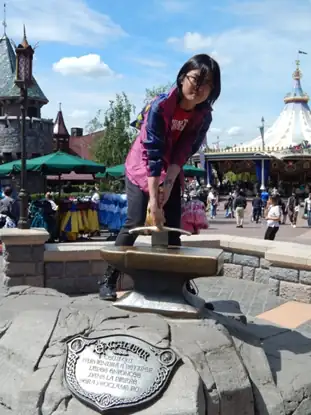
Freelance writer with over 2 years of experience writing for the Village House Blog, ESL teacher, and digital nomad who has lived in countries including The Czech Republic, The UK, The U.A.E., Japan, and most recently, Georgia. Is constantly on the hunt for the best, most optimal apartment for remote work when not enjoying going to film festivals, concerts, and the theater.


